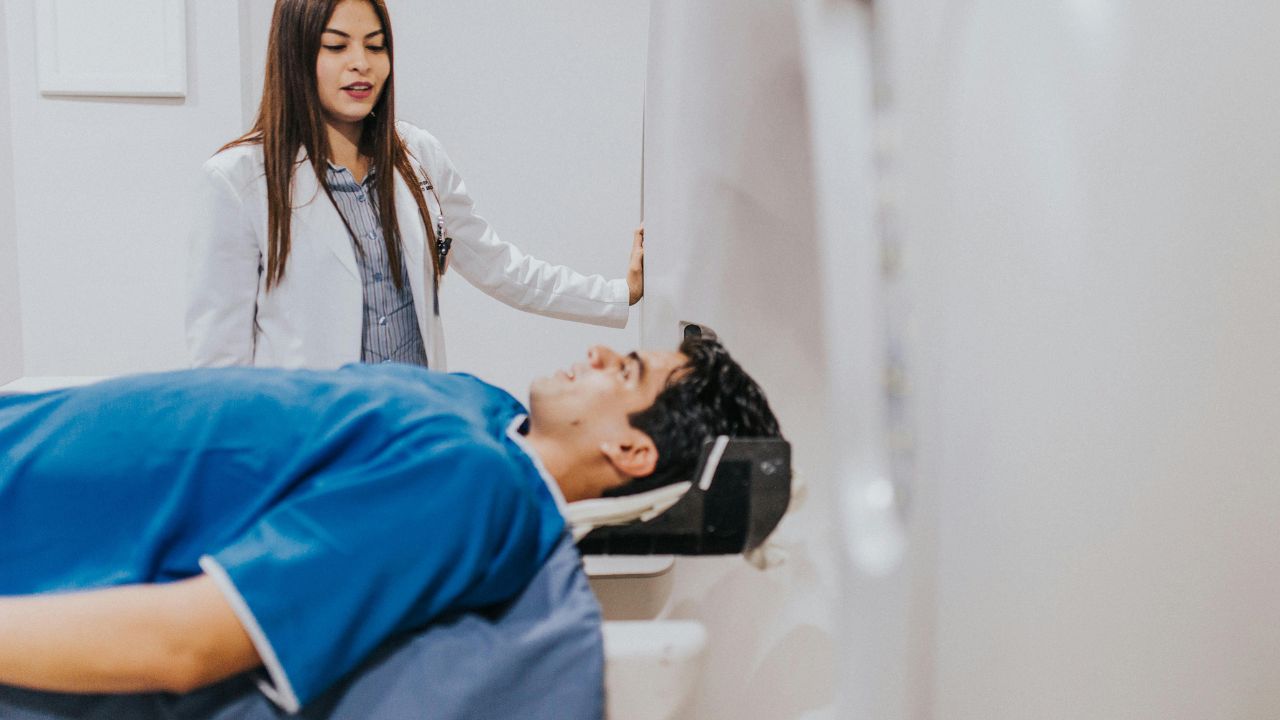Concussions are among the most frequently misunderstood injuries in sports medicine and neurological care. Despite growing awareness, confusion persists around how—or even whether—concussions can be “seen” through imaging like CT scans. For athletic trainers, physical therapists, and sports medicine professionals, this isn’t just a theoretical question. It's a practical, clinical concern that directly impacts return-to-play decisions, referrals, and athlete care protocols.
Why CT Scans Are Used in Head Trauma—But Not to Diagnose Concussion
A computed tomography (CT) scan remains one of the most widely used imaging tools in emergency medicine. It’s fast, widely available, and excellent at detecting structural brain injuries like skull fractures, hematomas, and cerebral edema. In acute trauma settings—particularly when a patient presents with loss of consciousness, vomiting, neurological deficits, or a Glasgow Coma Scale (GCS) score below 15—CT scans help rule out serious complications that may require surgical intervention.
However, concussion is a functional brain injury, not a structural one. It involves a complex cascade of neurochemical and metabolic changes that typically occur at the cellular level. These alterations are invisible to standard CT imaging, which is why most patients with a concussion will have a normal CT scan, even when symptoms are severe.
The clinical reality is this: CT is not designed to diagnose a concussion. Its primary role is to rule out more severe traumatic brain injuries (TBIs) that may require immediate medical or surgical management.
The Limits of CT Scans in Concussion Diagnosis
A review published in Pediatric Radiology and available through the NIH confirms that conventional CT and MRI rarely show abnormalities in cases of concussion. The article states, “Imaging of Concussion in Young Athletes,” makes it clear that concussion remains a clinical diagnosis based on symptom evaluation, physical examination, and validated assessment tools—not imaging findings (source).
In a 2021 TRACK‑TBI sample of 1,935 patients with mild traumatic brain injury, certain CT features—like contusions, subdural or subarachnoid hemorrhage—were found in a subset and were statistically linked to poorer 12‑month outcomes. This highlights that while a CT scan may identify complications in a subset of more severe cases (often referred to clinically as “complicated” concussions), it still doesn't detect the primary features of a typical concussion.




